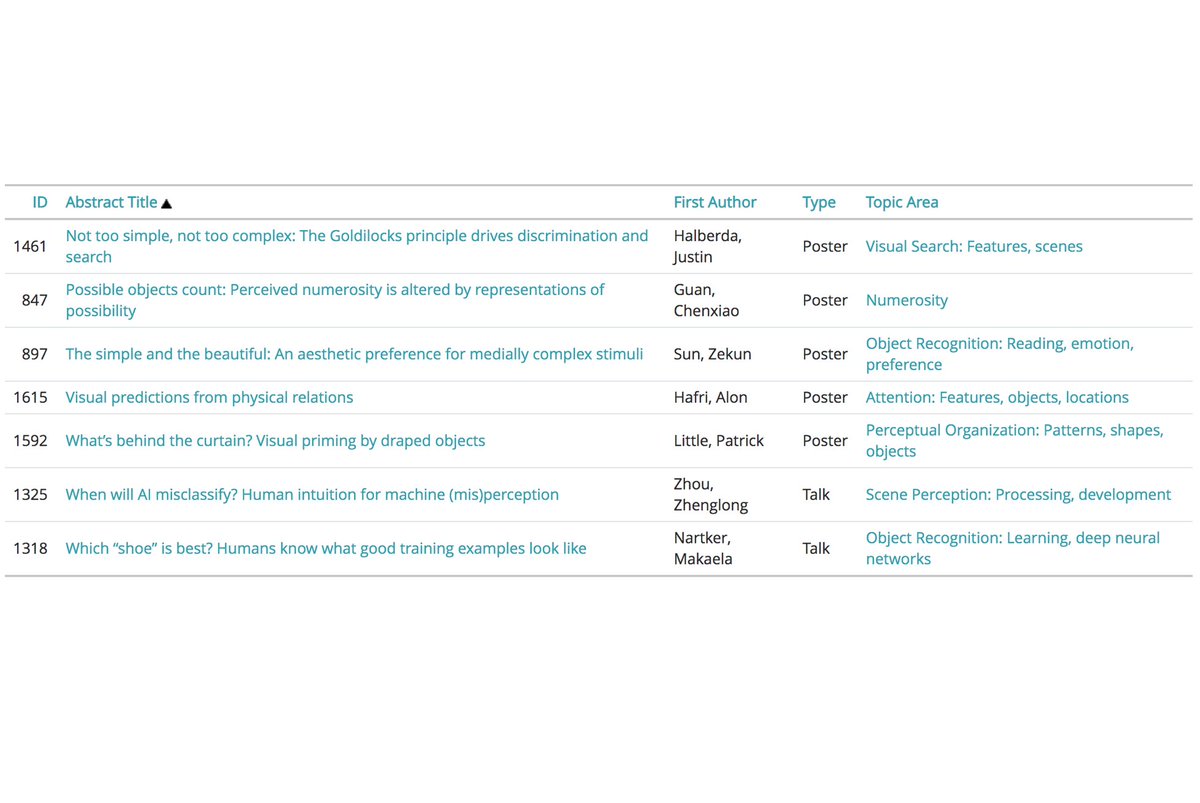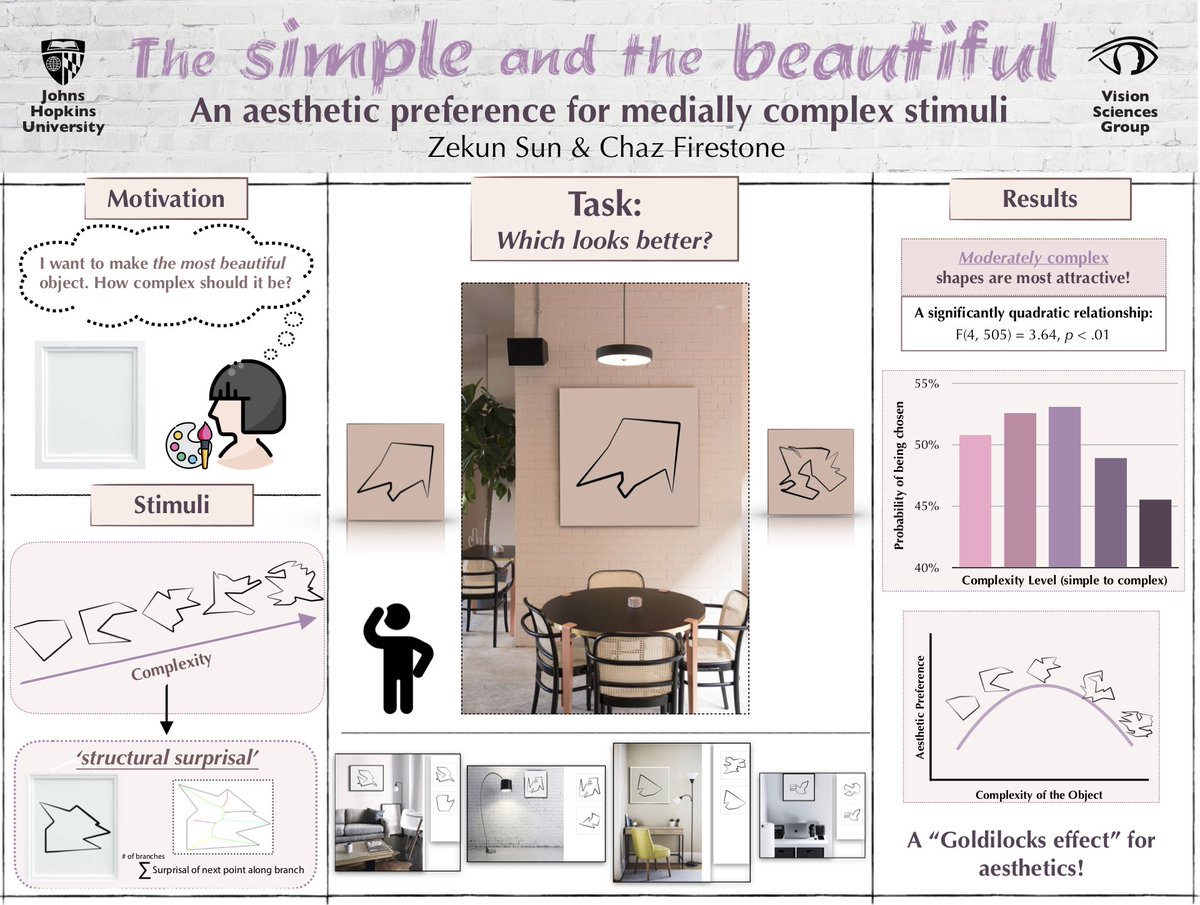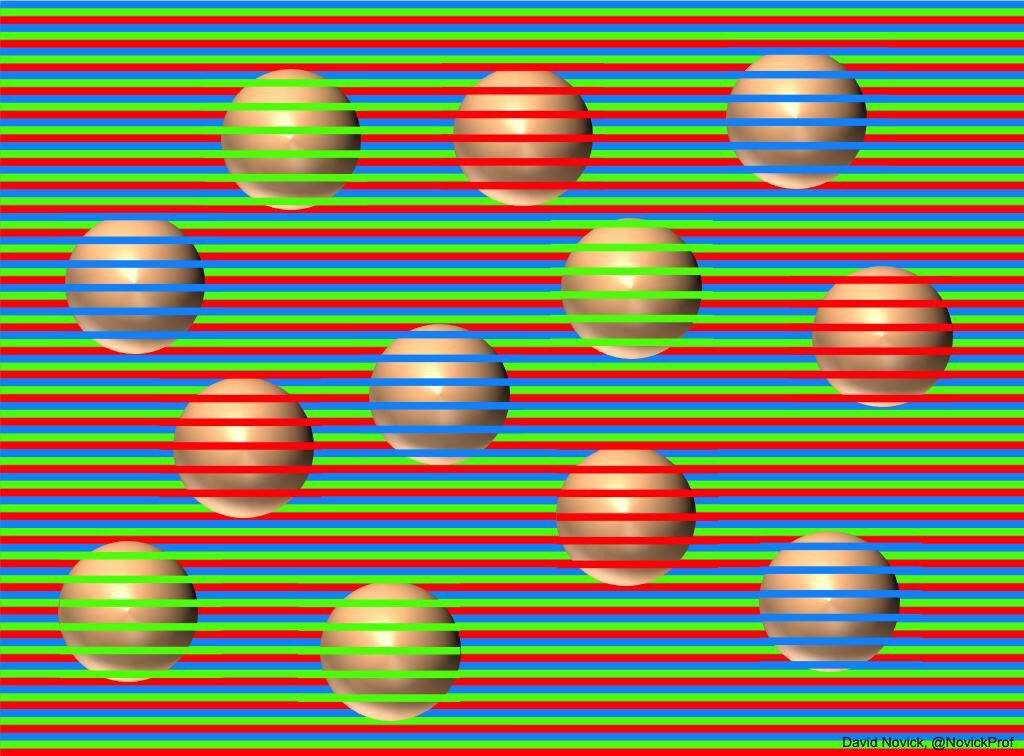
How to get URL link on X (Twitter) App


https://twitter.com/JoHenrich/status/1890735624698683835First, "the question"—at least for us—is NOT whether there is population-level variation in illusions. (There is, as we ourselves document.) It's whether culture creates the Müller-Lyer illusion. Our paper is very careful to distinguish these questions.
https://x.com/JoHenrich/status/1890735624698683835



https://twitter.com/AlonHafri/status/1377350870304661505
 The paper reviews recent work on visual processing of sophisticated relations, and it also taxonomizes (a) the relations themselves; (b) criteria for implicating automatic visual processing; & (c) the methodological innovations that have made it possible to study these phenomena
The paper reviews recent work on visual processing of sophisticated relations, and it also taxonomizes (a) the relations themselves; (b) criteria for implicating automatic visual processing; & (c) the methodological innovations that have made it possible to study these phenomena 



https://twitter.com/pessoabrain/status/1376297337107140617It strikes me that it’s just not many. Not sure who I’d be speaking for here (if anyone), but seems like the expectations are often asymmetric: scis expect phil colleagues to read & digest the latest research on the other side, often without taking on the same burden in return
https://twitter.com/jagarikin/status/1331409504953540613That would be cool! But (un)fortunately that's not what's going on. As @_OliSharpe, @wouterkool and others show in some follow-up demos, it's not about the arrows at all! 2/
https://twitter.com/_OliSharpe/status/1331588353859399683
https://twitter.com/cameronjbuckner/status/1330944939971186692For Cameron, adv misclassification is an "artifact"—a pattern that carries real information but causes errors if misunderstood. If you hear a moving siren changing its pitch, you may be misled until you realize what's going on. (But once you do, the Doppler effect is v. useful!)


 Zekun has discovered a "Goldilocks" relationship between complexity & beauty. She generated shapes whose informational complexity could be measured objectively, then had subjects decide which makes a better "painting". Surprisingly, *moderately* complex ones were best! #VSS2020
Zekun has discovered a "Goldilocks" relationship between complexity & beauty. She generated shapes whose informational complexity could be measured objectively, then had subjects decide which makes a better "painting". Surprisingly, *moderately* complex ones were best! #VSS2020 

 Maybe the strongest color illusion I have ever seen, courtney of @NovickProf
Maybe the strongest color illusion I have ever seen, courtney of @NovickProf

